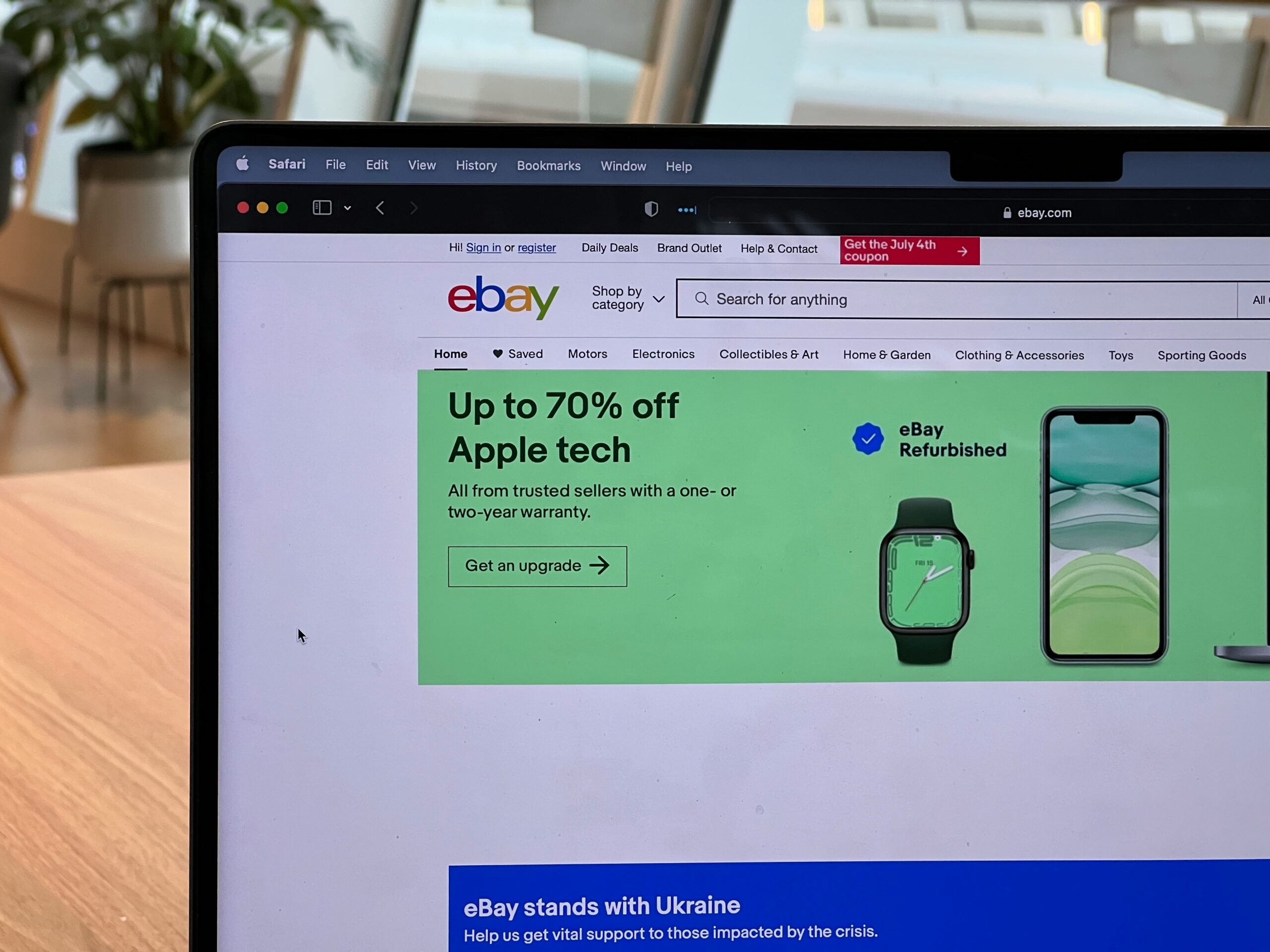Ebay Dropshipping

About Course
eBay dropshipping is a business model where sellers list products for sale on eBay without actually holding inventory. Instead, when a customer purchases a product, the seller buys it from a third-party supplier, usually a wholesaler or manufacturer, and has it shipped directly to the customer. This allows sellers to operate a retail business without the need for upfront inventory investment or storage space. Here’s a detailed breakdown of eBay dropshipping:
1. **Product Selection**: Dropshipping on eBay begins with selecting products to sell. Sellers typically research popular and trending products with high demand and profit potential. They may use market research tools, eBay’s sales data, or niche research to identify products that are likely to sell well on the platform.
2. **Supplier Identification**: Once sellers have chosen their products, they need to find reliable suppliers who offer dropshipping services. Suppliers can be found through online directories, wholesale marketplaces, or by contacting manufacturers directly. Sellers evaluate suppliers based on factors such as product quality, pricing, shipping times, and reliability.
3. **Listing Creation**: Sellers create listings for their products on eBay’s platform, using product descriptions, images, and pricing information provided by the supplier. Listings should be optimized for search visibility and include relevant keywords to attract potential buyers. Sellers may also differentiate their listings by offering unique value propositions, such as free shipping or bundled deals.
4. **Order Management**: When a customer purchases a product from the seller’s eBay listing, the seller forwards the order details to the supplier, along with the customer’s shipping information. The supplier then fulfills the order by packaging and shipping the product directly to the customer. Sellers track the order status and communicate with the customer throughout the process, providing updates and handling any inquiries or issues that arise.
5. **Customer Service**: Providing excellent customer service is crucial for success in eBay dropshipping. Sellers are responsible for addressing customer inquiries, resolving disputes, and handling returns or refunds. Building a positive reputation and maintaining high seller ratings on eBay can lead to increased sales and repeat business.
6. **Profit Margins and Pricing**: Profit margins in eBay dropshipping can vary depending on factors such as product costs, shipping fees, and eBay’s seller fees. Sellers need to carefully calculate their costs and set competitive prices that allow for a reasonable profit margin while remaining attractive to customers. Sellers may also adjust their pricing strategies based on market conditions, competition, and sales trends.
7. **Market Research and Optimization**: Successful eBay dropshippers continuously monitor market trends, competition, and customer preferences to optimize their product selection and listings. Sellers may experiment with different products, pricing strategies, and marketing techniques to maximize sales and profitability. They also utilize eBay’s analytics tools to track performance metrics and identify areas for improvement.
8. **Legal and Compliance Considerations**: Sellers must ensure compliance with eBay’s policies and regulations, as well as any applicable laws and regulations governing e-commerce and dropshipping. This includes accurately representing products, adhering to eBay’s listing guidelines, and maintaining transparency with customers regarding shipping times and product availability.
9. **Scaling and Growth**: As sellers gain experience and confidence in their eBay dropshipping business, they may explore opportunities for scaling and growth. This could involve expanding product offerings, diversifying into new markets or niches, or optimizing operational processes to increase efficiency and profitability. Sellers may also consider building their own e-commerce website or exploring additional sales channels beyond eBay.
10. **Risk Management**: While eBay dropshipping offers low barriers to entry and minimal upfront investment, it also comes with risks and challenges. Sellers must be prepared to handle issues such as stockouts, shipping delays, and customer complaints. They should also have contingency plans in place to mitigate risks and ensure continuity of operations.
In summary, eBay dropshipping is a business model that allows sellers to profitably sell products on eBay without the need for upfront inventory investment or storage space. By leveraging third-party suppliers and utilizing effective product selection, listing optimization, and customer service strategies, sellers can build successful and sustainable businesses on eBay’s platform.
